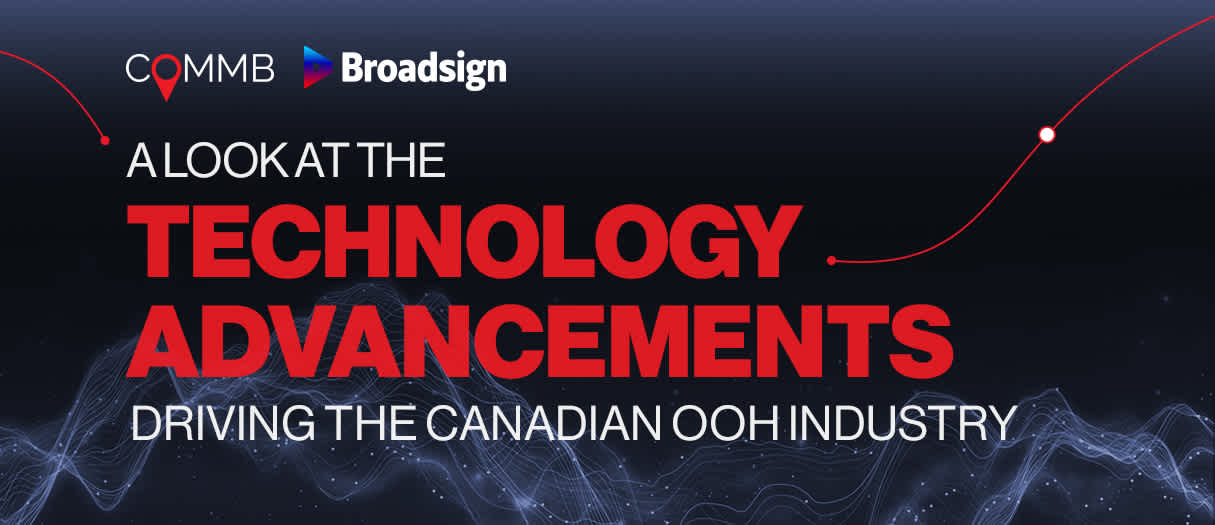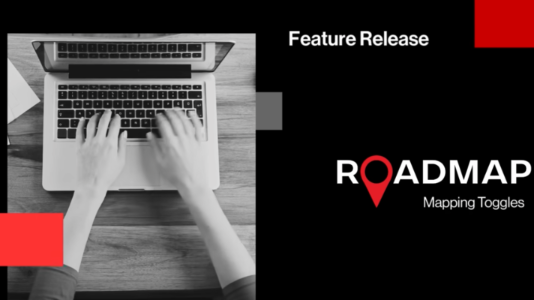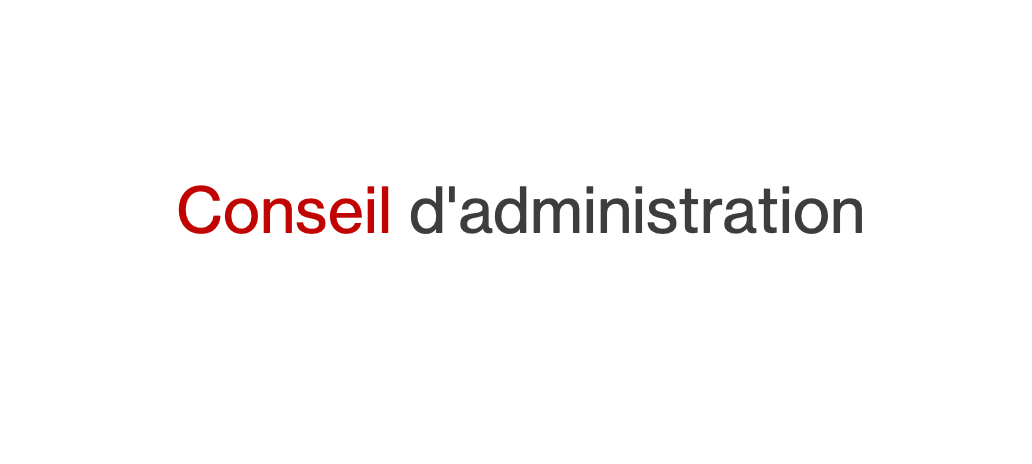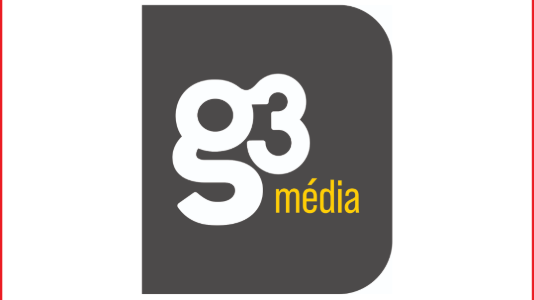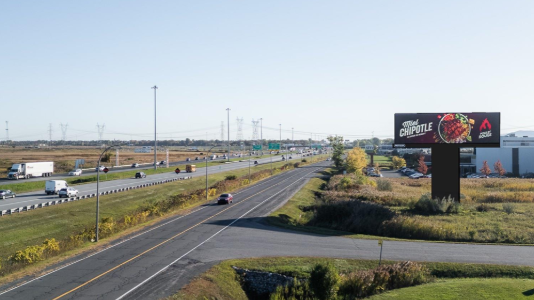A look at the technology advancements driving the Canadian OOH Industry
by Amanda Dorenberg, President of COMMB and John Dolan, VP, Global Head of Media Sales of Broadsign MARS 06 2024Mar 06 2024
By Amanda Dorenberg, President of COMMB and John Dolan, VP, Global Head of Media Sales of Broadsign
Technology advancements are reshaping the Canadian out-of-home (OOH) industry, ushering in a new era of innovation and engagement for both media owners and buyers. From sophisticated data analytics to AI, these advancements are helping to grow the medium as more advertisers look to better connect with their audiences.
Across the country, OOH ad spending is expected to maintain a modest but consistent 2.59% CAGR over the next five years, hitting US$427.20 million in market volume by 2028. With a focus on innovation and connectivity, these developments mark a significant shift in how the industry is evolving. Let’s take a look at some of the major changes driving the evolution of Canada's OOH industry.
The impact of big data, analytics, and measurement advancements
While OOH has traditionally been perceived as having fewer data and targeting capabilities compared to other media channels, advancements in big data, analytics, and measurement are bringing the medium up to par with one-to-one channels like digital, enabling advertisers, media buyers and agencies to curate contextual content for specific locations and audience segments. Data triggers like weather, traffic, or financial data make it possible to deliver tailored messaging in real-time, like a beverage brand promoting its latest ready-to-drink product during a sudden spike in temperature.
Obtaining reliable, trustworthy, and privacy-compliant data to analyze campaign performance is also becoming more accessible in the OOH industry. When data is demonstrably accurate and reliable, advertisers gain confidence that their messaging, media, and timing will combine to deliver efficient and effective results. Advertisers can evaluate and adjust campaigns in real-time by capturing data like the number of ad plays and impressions, with data and measurement partners driving the industry forward by providing new ways to measure campaign performance, traditionally difficult to measure in OOH. Broadsign, for example, works with Happydemics to conduct brand lift studies, PlaceIQ to evaluate footfall traffic, and Actv8me for QR code attribution.
Combining first-party data generated from their own OOH campaigns with second- and third-party insights compiled by industry service providers and agencies, advertisers can create an analytical profile that “provides a 360-degree, unified view of the customer's journey, including all their interactions with the company,” Gino Sesto, Founder of Dash Two, a Los Angeles-based media buying agency, writes in Entrepreneur.
Other data experts like NativeTouch capture mobile-device data via device ID passback, which occurs when audiences enter defined location boundaries. Mobile device IDs are captured, and data is then analyzed and translated into qualified audience profiles. Advertisers can then target venues with the highest concentration of their desired audience segments.
Augmented reality, AI, and experiential advertising are taking the industry by storm
Artificial Intelligence (AI) is positioning itself as one of the most significant tech advancements the OOH industry will see over the next few years. While marketing teams and advertisers are likely already familiar with AI capabilities like ChatGPT, the emergence of new platforms is quickly reshaping the creative process. These advancements are giving brands and creative agencies the tools they need to accelerate the development, execution and measurement of ad creative, from storyboarding and image generation to copywriting, editing, and more.
One of the most exciting parts of AI in OOH advertising is augmented reality displays. Using AI, advertisers can optimize campaigns through interactive displays, leveraging features like facial recognition or visual identification. For example, cameras installed in digital displays can trigger tailored messaging based on the viewer's attributes, like wearing glasses. AI advancements also contribute to more in-depth creative testing and campaign measurement by efficientlyanalyzing extensive data sets, comparing them to past campaigns, and leveraging insights to steer upcoming campaigns.
Additionally, AI is taking more of the guesswork out of audience segmentation and target marketing, according to Josko Grljevic, chief operating officer at Talon, one of the leading OOH agencies in the UK. He explained that greater certainty reduces cost and waste at the Power of AI Summit, enabling a “better, faster….shift from planning around demographics to planning around behaviors.” Instead of spending weeks compiling proposals, AI can help advertisers swiftly identify optimal locations based on specified criteria, streamlining the buying process.
Last year, COMMB and dailyDOOH launched the AdAI conference to closely follow AI's evolution in the OOH space. This conference will return in 2024, providing a space for data and measurement, media agencies, creative agencies, media owners and beyond to discuss the ever-changing enhancements. Keep an eye out for date announcements on the 2024 conference from COMMB communications.
Hardware and software advancements are changing content distribution
Over the past few years, the industry has experienced significant hardware and software advancements reshaping how content is displayed and managed. Research and Markets noted that “eco-friendly designs, sleeker hardware & smarter software proliferate in the DOOH domain.” Digital signage hardware manufacturers, for example, have been transitioning screens into ‘smart screens’ or displays with a system-on-chip (SoC), eliminating the need for external media players and streamlining DOOH execution. This technology also facilitates proof-of-play reporting across mixed-screen networks, enabling more efficient monetization for media owners.
Beyond SoC integration, advancements in hardware and software have propelled the capabilities of multi-screen playback and interactive signage to new heights. Advertisers and content creators can now create immersive experiences by delivering content to multiple screens simultaneously. This synchronized playback capability allows targeted content distribution across various screens, ensuring viewers a more engaging and tailored experience.
he increased affordability of cost-effective LED screens makes digital screens more accessible for OOH media owners, broadening the reach of digital displays while enhancing their versatility in delivering impactful messages to target audiences.
PortsToronto made innovative use of this technology recently with the rollout of the “It’s My Airport” campaign. The operator invited real passengers, employees, and concessionaires to share their love of Billy Bishop Airport over interactive platforms.
Audience data & programmatic advancements are driving pDOOH adoption
Intelligent ad servers, with their sophisticated audience targeting tools, have become instrumental in expediting and streamlining campaigns through automation. This advancementallows media owners to oversee both direct and programmatic campaigns seamlessly, all within a singular solution.
Ad servers also allow media buyers to precisely refine their targeting, considering demographics, location, points of interest, and more - granularity pivotal for tailored campaigns. While historically, OOH has been viewed as a medium that takes significant time to deploy, ad servers are challenging that perception. Drastically reducing deployment time, campaigns can go from planning to execution within minutes, offering advertisers the flexibility to adapt campaigns on the fly while maintaining alignment with objectives.
Another benefit is the ability to streamline creative by combining creative assets across multiple formats. Ad servers also offer real-time data, enabling quick adjustments to ongoing campaigns and providing comprehensive post-campaign reports. This enhanced visibility into campaign effectiveness empowers advertisers to optimize strategies swiftly for better outcomes, marking a transformative shift in OOH advertising effectiveness and adaptability.
Blockchain technology is improving campaign transactions, efficiency, and more
Blockchain recordkeeping offers efficiency, transparency, and innovation to the Canadian OOH advertising industry. By providing tools to enhance trust and value in outdoor ad transactions, blockchain ensures improved transparency and tracking of campaigns. Its immutable transaction record enables better monitoring of ad placements, impressions, and payments, instilling confidence in advertisers that their ads are running as contracted.
Smart contract functionality further streamlines OOH advertising deals, allowing for greater automation, transparency, and security in OOH advertising deals, enabling programmatic automation to execute payments, enforce contract terms, and cut down on administrative work that elevates transaction costs in OOH transactions. Smart contracts enabled by blockchain also allow the terms and conditions of an ad buy to be programmed and executed automatically when conditions are met, reducing manual work and errors.
Blockchain-driven "proof-of-play" technologies verify when and where OOH ads are displayed, providing clearer verification and analytics to advertisers about their ad campaigns' actual playout and other metrics. Similarly, blockchain tracking pixels added to digital billboards and street furniture create certified records of OOH ad displays, reducing ad fraud and improving transparency.
The Canadian out-of-home (OOH) advertising industry, driven by advancements in data analytics, AI, augmented reality, and blockchain, is seeing an inclination toward innovation and engagement. As Amanda Dorenberg, CEO of COMMB (Canadian Out Of Home Marketing & Measurement Bureau), shares: 'We are at a pivotal moment where technology is not just enhancing but revolutionizing OOH advertising. Our ability to deliver more targeted, interactive, and measurable campaigns fundamentally changes how we think about public space advertising.' This evolution signifies a transformative period for the industry. Embracing these technological shifts is essential for advertisers and media owners. The future of Canadian OOH advertising is brimming with potential and creativity. It promises to set new standards in effective and interactive marketing, forging a path for a dynamic and impactful advertising era.
